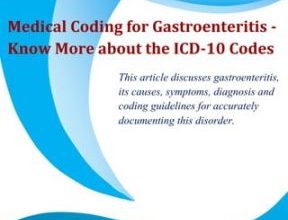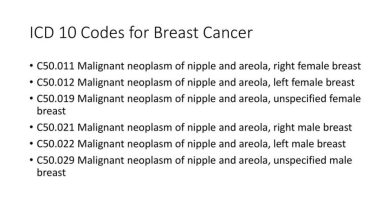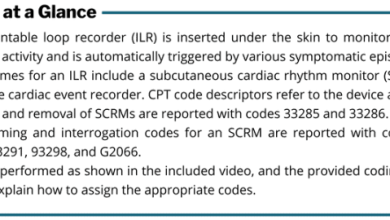Understanding The ICD-10 Code For Hemophilia A: D66.0
What is Hemophilia A?
Hemophilia A, also known as factor VIII deficiency, is a genetic disorder that impairs the body’s ability to clot blood properly. This condition is caused by a lack of a protein called factor VIII, which is essential for blood clotting. Hemophilia A is the most common type of hemophilia, accounting for about 80% of all cases.
Code Information

The ICD-10 code for Hemophilia A is D66. Hemophilia A is classified as a coagulation defect, due to deficient factor VIII.
Diagnostic Related Groups (MS-DRG)

For Hemophilia A, the MS-DRG is 813 – Coagulation Disorders.
Convert to ICD-9 Code
The equivalent ICD-9 code for Hemophilia A is 286.0 – Deficiency of coagulation factor VIII.
Code History
The ICD-10 code for Hemophilia A was implemented on October 1, 2015, replacing the previous ICD-9 code.
Approximate Synonyms
Other terms that may be used interchangeably with Hemophilia A include factor VIII deficiency and classical hemophilia.
Clinical Information
Hemophilia A is a hereditary bleeding disorder that primarily affects males. It is caused by a mutation in the F8 gene, which leads to a deficiency of factor VIII. This deficiency impairs the blood clotting process, resulting in prolonged bleeding episodes and an increased risk of excessive bleeding following injury or surgery.
Causes
Hemophilia A is caused by a genetic mutation that affects the production of factor VIII, a protein that plays a crucial role in blood clotting. This mutation is typically inherited from one or both parents, who may carry the defective gene without showing any symptoms of the disorder themselves.
Symptoms
The symptoms of Hemophilia A can vary depending on the severity of the condition. Common signs include prolonged bleeding from cuts or injuries, easy bruising, frequent nosebleeds, and joint pain or swelling. In severe cases, internal bleeding can occur, leading to serious complications.
Diagnosis
Diagnosing Hemophilia A typically involves a physical examination, a review of medical history, and blood tests to measure the levels of factor VIII in the blood. Genetic testing may also be used to confirm a diagnosis and identify the specific genetic mutation responsible for the condition.
Treatment
The mainstay of treatment for Hemophilia A is replacement therapy with factor VIII concentrates. This involves infusing the missing factor VIII protein into the bloodstream to help promote blood clotting. In cases of severe Hemophilia A, prophylactic treatment may be recommended to prevent bleeding episodes and reduce the risk of long-term joint damage.
Conclusion
Overall, Hemophilia A is a genetic disorder that affects the body’s ability to clot blood properly due to a deficiency of factor VIII. Proper diagnosis and management of this condition are essential to prevent complications and improve quality of life for individuals with Hemophilia A.
FAQs
1. Is Hemophilia A more common in males or females?
Hemophilia A primarily affects males, as it is an X-linked recessive disorder.
2. Can Hemophilia A be cured?
There is currently no cure for Hemophilia A, but treatment options are available to manage symptoms and prevent complications.
3. What is the prognosis for individuals with Hemophilia A?
With proper treatment and care, individuals with Hemophilia A can lead relatively normal lives and have a near-normal life expectancy.
4. Are there any lifestyle modifications that can help manage Hemophilia A?
Avoiding activities that may increase the risk of injury or bleeding, maintaining a healthy weight, and following a recommended treatment plan are important lifestyle modifications for individuals with Hemophilia A.
5. Can Hemophilia A be passed down through generations?
Yes, Hemophilia A is a genetic disorder that can be inherited from one or both parents who carry the defective gene.









